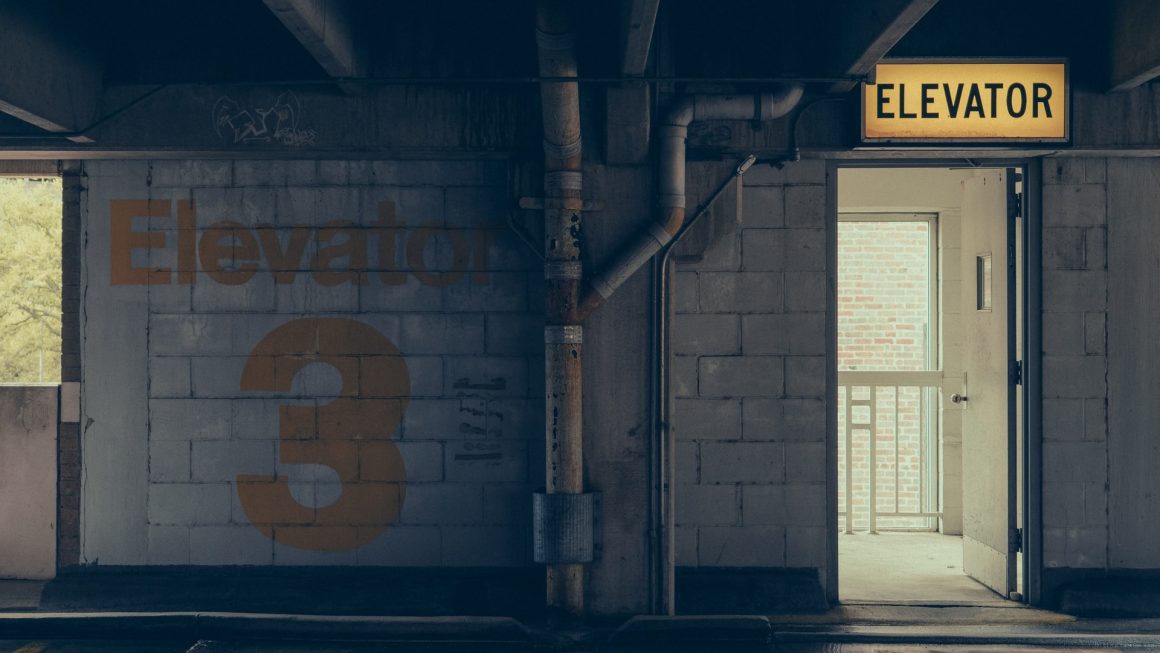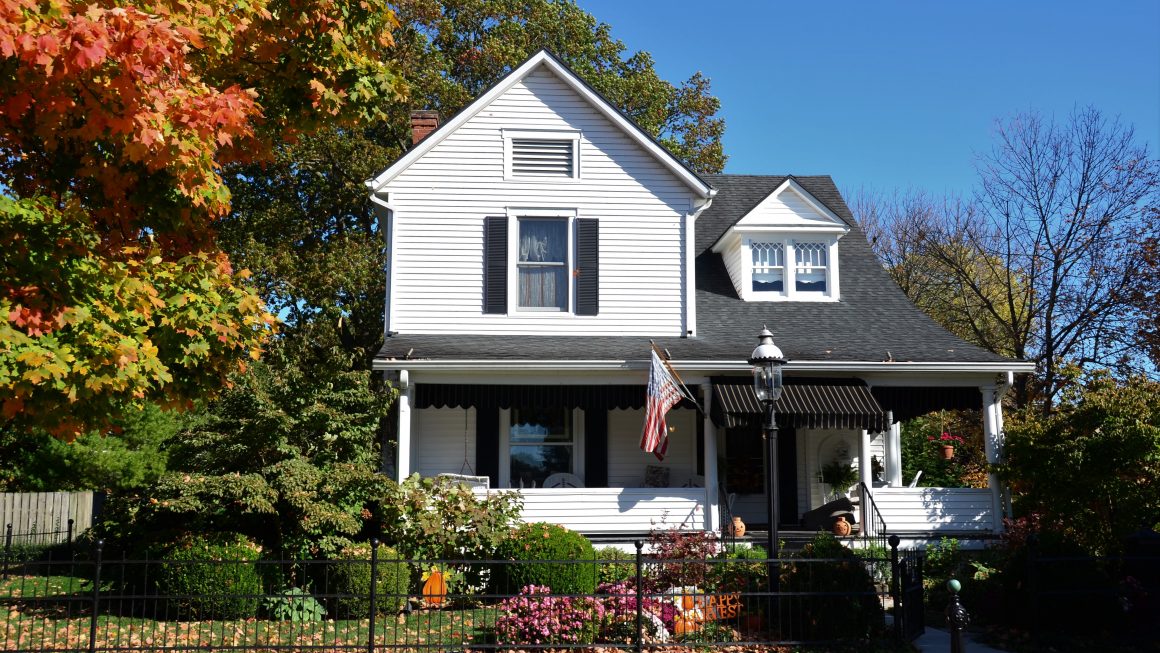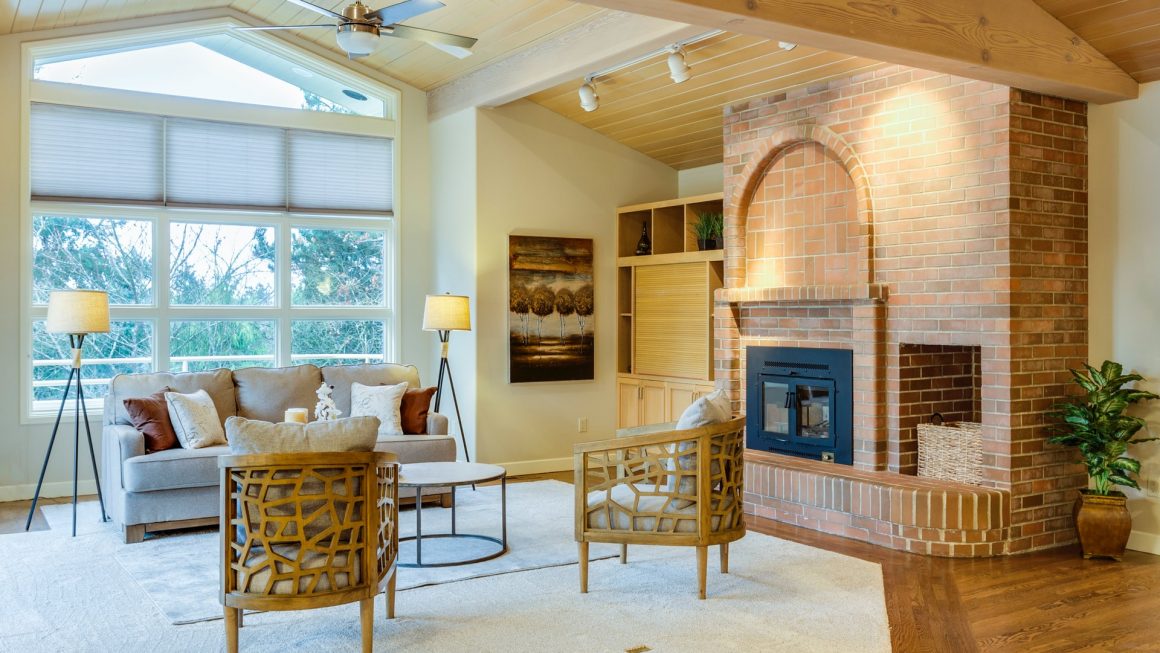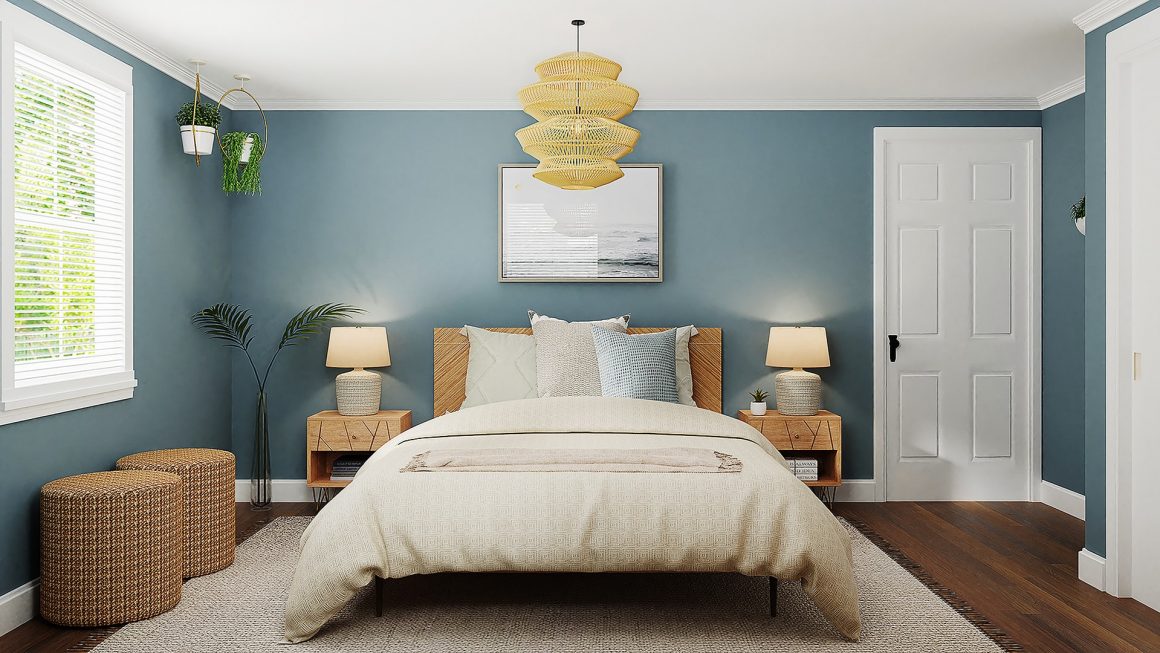A house elevator, formerly reserved for the wealthy and famous, is today an inexpensive luxury that makes your home barrier-free and convenient. A residential elevator may add value to a new house by making it accessible to everybody and making routine tasks such as hauling laundry and groceries between floors easier. Here’s some useful information, and when you’re ready, we can use our pre-qualified network to assist you identify local specialists.
A private house elevator is a customized version of a public elevator that operates on the same basic premise. Residential elevators in North America must comply with specific code requirements that limit the speed, size, and capacity of the lift part suppliers. The majority of home elevators require a shaft to travel down. Modern designs include automatic operation, which allows them to open, close, and travel down with only a single touch of a button.
Solid wooden interiors and glass observation panels are available in today’s residential elevators, which can be completed to meet the homeowner’s aesthetic and decor inclinations.
The interior of the home elevator is made of solid hardwood.
Glass observation screens in the home elevator.
 Getting Started with Your Elevator at Home
Getting Started with Your Elevator at Home
A residential elevator constructor with local experience will come to your home to analyze the space you have and the construction needs unique to your home. When you’re planning a new house or a large renovation, it’s ideal to contact a contractor early on. Because not all home elevators have the same specifications, it’s critical to choose your elevator before the hoistway is built. The finest providers offer free planning guidance for hoist-way building on their websites.
Optional Operational Steps
Your elevator will be built to your specifications and programmed to travel from floor to floor with two or more stops. Each landing will be equipped with a call station button (hall call), as well as a specific door that locks and cannot be accessed unless the elevator is present. To prevent occupants from slipping out of the cab while the elevator is in motion, the elevator should feature a cab door or gate. The elevator will have a cab operating panel (COP) on the inside that will allow the user to stop the elevator and operate the doors.
The Elevator Cabin from the Inside
Finishing the interior cab of a home elevator
The interior of the elevator cab can be finished anyway you want for traditional elevator drive systems. Solid raised hardwood, veneer, MDF, melamine, and plastic laminate walls are just a few of the factory finish options available from some firms. You can also get a basic unfinished cab and have it completed to complement your home by a local home contractor.
A handrail, an operational panel, and pot lighting in the ceiling will all be included in the elevator’s hardware. These components will be available in a variety of forms and finishes.
A house elevator cab can be custom-sized or built to a number of conventional sizes. 40′′ x 54′′ is an excellent size (maximum size is 15 sq. ft in North America). Depending on the structure of your property, a home elevator can have one or two doors that exit straight through or at 90 degrees to each other. You might be able to choose the height of your elevator cab. A taller cab (80′′) will provide the impression of extra space.
Requirements for construction and safety
A residential elevator is not permitted in any public structure, including places of worship. You’ll need a business elevator or lift for any structure that isn’t a residential residence. A private condominium with private access is an exception.
The construction of hoistways is critical. Do not construct a hoistway unless you are aware of the elevator’s requirements. An elevator also requires overhead room (space above the elevator’s top landing) and, in most cases, a pit at the bottom. A rough estimate of the amount of area needed for the hoist-way is five square feet. Leading manufacturers make a lot of specifications available on their websites to help you plan ahead.
A hoist-way must meet a variety of building standards, including details for the wall against which the elevator rails will be fastened (the support wall). These specifics are provided by each elevator manufacturer for each model.
A pit between 6′′ and 12′′ deep is usually required at the bottom of the hoist-way. For safety, the pit must have a concrete platform that can bear an impact load.
Automatic sliding doors on a home elevator
Residential elevators have different electrical requirements depending on the model. A competent electrician will need to prepare the site so that the elevator’s drive and other amenities, such as lights, can be powered.
For safety, most elevators come with a phone keypad, but you’ll need to add a landline to use the phone feature.
Residential elevators can travel up to 50 feet and move at a speed of 20 to 40 feet per minute, depending on the model and manufacturer. Each model has its own weight capability, however the greatest size usually carries 1,000 pounds (some areas may allow larger capacity).
For security, electro-mechanical locks are used to control doors and gates. Doors with solid cores are necessary. A door operator can be installed to eliminate the need to manually open elevator doors. Because they reduce the gap between the landing door and the cab door, automatic sliding doors like those from Savaria provide increased safety. Look for light screens or light curtains on doorways and gates. When a human walks through a light screen, it creates a beam of light that prevents the elevator from moving.
The local code and inspection standards for residential elevators should be known to your local expert elevator contractor. Depending on where you reside, you may need a permit and a government inspection before you can operate your elevator. Silver Cross can assist you in locating a pre-qualified installer in your area who is familiar with the requirements in your area.
Manufacturers of Elevators for Homes
In North America, there are various residential elevator firms. The companies are all privately held, with the exception of Savaria, which is a public company. Home elevators are not sold by commercial elevator firms like Otis and Kone.
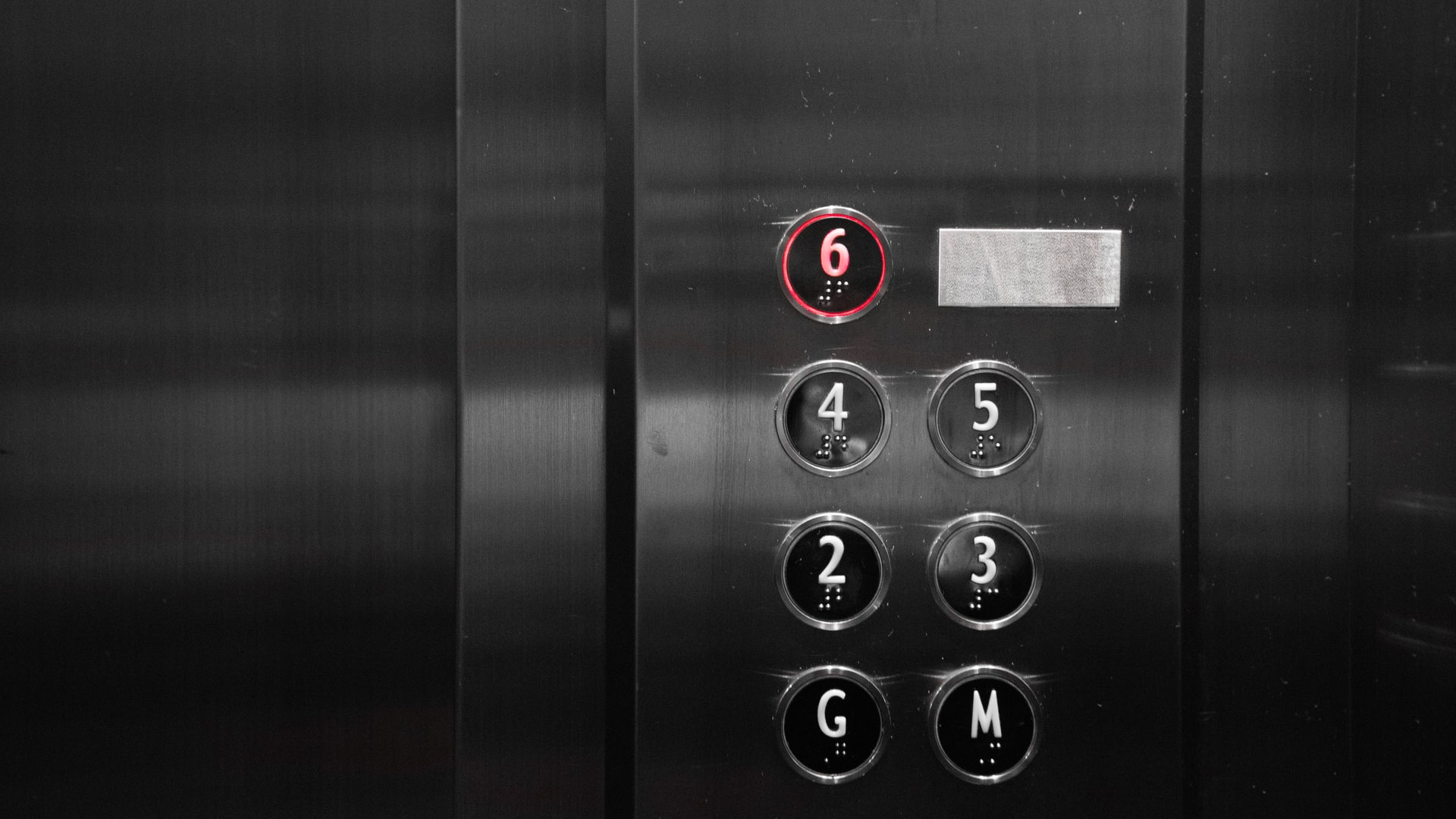 Inclinator
Inclinator
Inclinator’s Elevette house elevator was first introduced in 1928, and it has been a family-run business for 90 years. The company now offers cable drum and hydraulic drive elevators, as well as machine-roomless elevators.
Savaria
Savaria is a general accessibility company that bought luxury elevator manufacturer Concord Elevator in 2005 and now sells hydraulic, machine-roomless geared traction, and gearless residential elevators. They are well-known for creating custom work to satisfy almost any requirement.
Waupaca Elevator Company is a company that manufactures elevators.
This well-known company, which has been in operation since the 1950s, manufactures winding drum and hydraulic systems with machine-roomless alternatives.
Garaventa
In the late 1970s, Garaventa shifted its focus from mountain aerial tramways to accessible goods. Home elevators were recently added to the company’s repertoire, featuring a hydraulic and machine-roomless type.
Elevators for the Home
Both traction and hydraulic driving systems are available from this manufacturer. They are better known in the southern United States.

